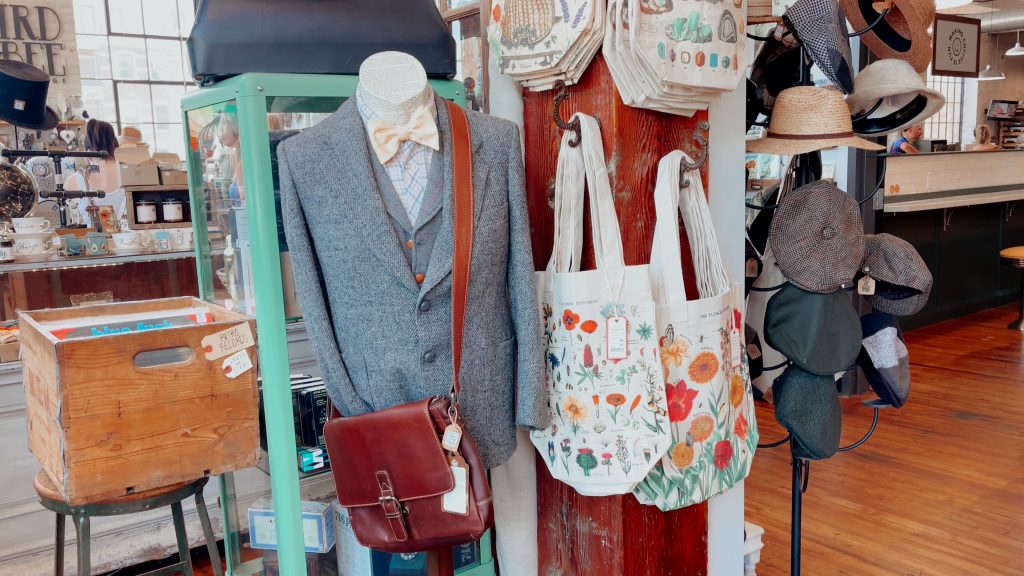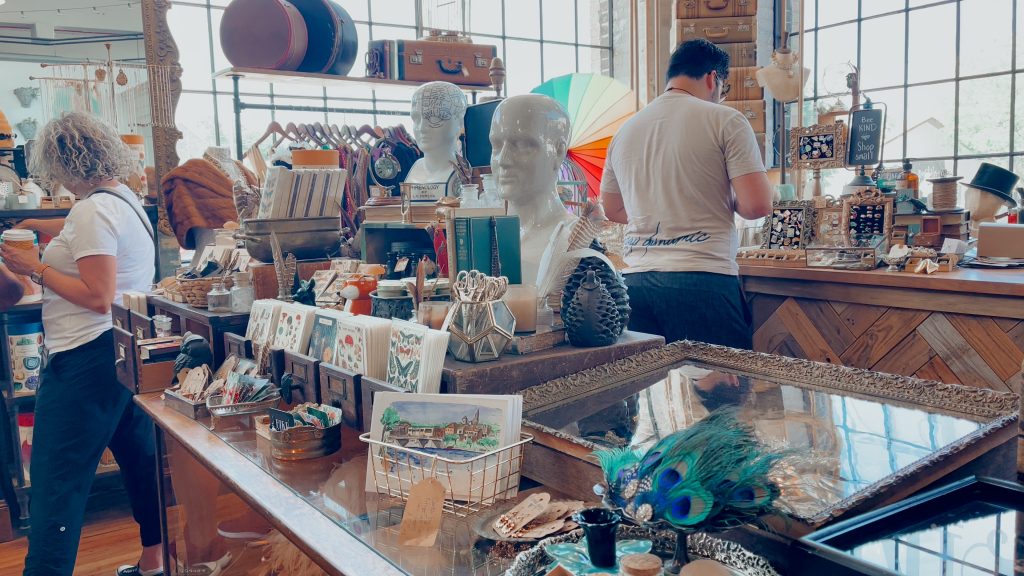Paris is a city of 15,000 inhabitants located 110 kilometers from Toronto, on the banks of the Grand River.

The name does not come from any resemblance to the French capital, but because a large reserve of gypsum was found here, which is also called Plaster of Paris.

And speaking of building materials, the city is known as the Canada’s capital of cobblestone because there is a large concentration of houses built with stones here.

The most iconic image of the city is, without a doubt, the rear of the buildings on Grand River Street (the main street) that faces the river. As the street is not very long, there are not many buildings either, but here we find some restaurant balconies that I highly recommend going if you want to enjoy the river.

And speaking of the Grand River, it really is the big star of the city, as many come to Paris to go down the river, whether by Kayak, boat or tubes.

Even if you want to stay dry on your tour, I recommend exploring the city’s bridges, which offer the best beautiful views of the river, always accompanied by flower pots.
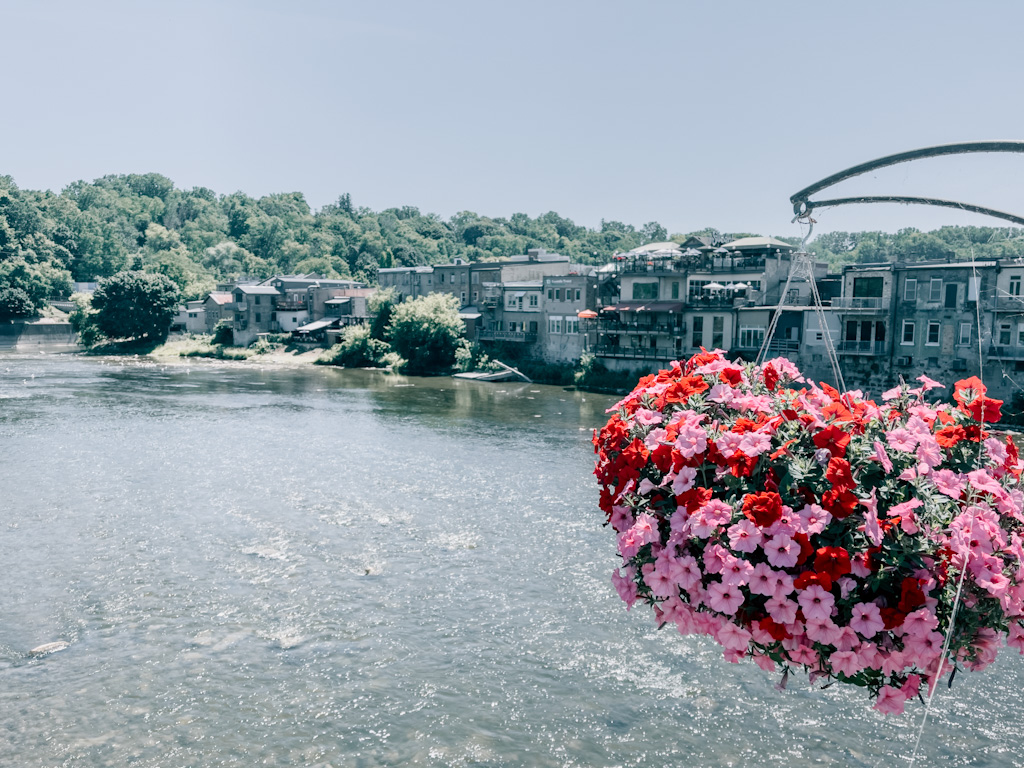
In fact, explore the whole city because you will find different things, from local shops to trails entrances.

But what we really wanted was to relax by the river and for that we found a restaurant with a spectacular view.

For me, the view was already enough for a memorable lunch, but I have to say that the food was up to par.
We started with sangrias, as the day was very hot.
I ordered a steak and blue cheese pizza which was delicious. Need to mention that the base sauce was an Alfredo instead of the traditional tomato sauce. And what a great idea! It matched very well!

And with the pizza, they served a Caesar salad, which to my pleasant surprise included bacon crisps.
Cris ordered a rib steak with potatoes. In addition to the dish being more generous than what we’re used to in Toronto, the meat was amazing and fell apart on the fork.
Something that caught my attention is how the locals show their pride in the city, preserving and exhibiting its history.
Here, for example, you can find this bell from the year 1874, which used to ring in the city to mark important times of the day or historical facts. One of the last times it played was to celebrate the coronation of Queen Elizabeth II of England.
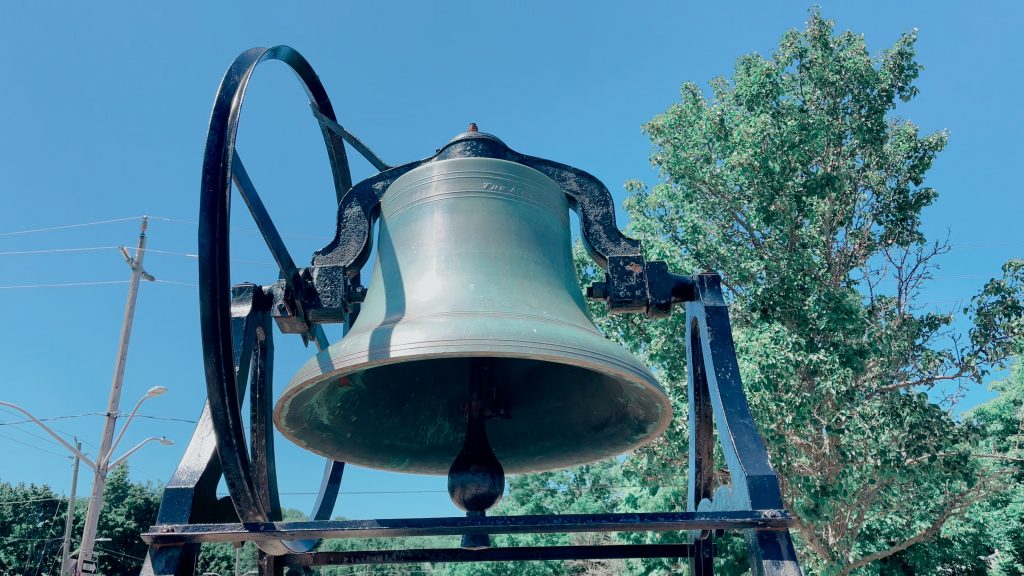
There is also this monument dedicated to the city’s fighters in the Second World War.

But the best way to understand the passion of the locals for Paris is to visit the city’s museum.
Here you can find models of traditional Parisian houses, samples of local resources and even personal belongings of residents of the past.

My favorite part was the exhibition of military clothing worn by ex-combatants from the city of Paris, which even includes WWII uniforms.
After the museum, we went to visit the Paris Wincey Mills market, which has been in operation since 1889.

On the outside, it still preserves its original architecture. Inside it is a mix of old and new, with cafes, delicatessens, shops selling different items and an antique shop that is well worth a visit.
We took the opportunity, of course, to buy food.
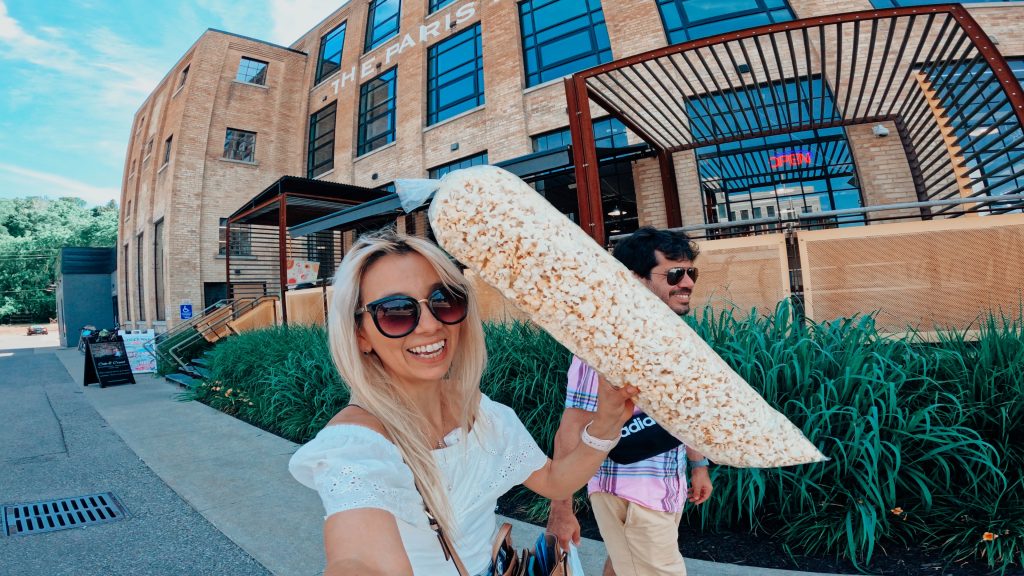
To satisfy our craving for ice cream we went to Chocolate Sensations, a traditional Parisian chocolate shop that also offers ice cream.

Oops, wait… there’s one more curiosity about Paris that I need to show you!
Well, it was in this house in Brantford, a city close to Paris, that Alexander Graham Bell invented the telephone in 1874. Two years later, with the invention’s patent registered, he made the first long-distance call in history to Paris.

That’s why the city of Brantford is known as The Telephone City.
This house belonged to the Bell family, who moved to the United States not long after Alexander’s invention. In 1909 it was transformed into a museum and today it houses various personal belongings of the inventor and family furniture.

Unfortunately, we arrived there past 4 pm, and we couldn’t visit the museum, but I highly recommend that you arrive earlier and tell me what did you think.




